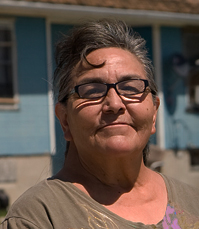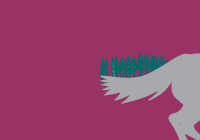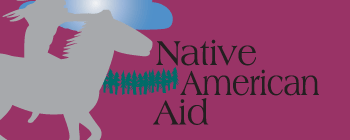|
|

 |
In the late 1880s the Paiute shaman Wovoka gave the American Indians of the Great Plains some much needed hope. He taught that the traditional ways of the Native Americans could return. The spirits of the dead would return, the buffalo would come back and a tidal wave of soil would bury the whites and restore the prairie. In order to bring theses events to pass, dancers needed to dance the Ghost Dance. The dancers would wear brightly colored shirts decorated with eagles and buffalos. The ghost shirts would protect the wearer from the bullets of the soldiers. Sitting Bull encouraged the Ghost Dance religion.
By 1890 white settlers and the Indian agents in charge of overseeing the reservation were fearful of the encouraged Native Americans. General Nelson A. Miles assembled an army of over 5,000 to contain the bands in the area. The government ordered that chiefs were to be arrested. While attempting to arrest Sitting Bull, troops killed the famous Lakota chief.
Upon hearing about the death of Sitting Bull, Chief Big Foot and approximately 300 of his band headed south, seeking the protection of the Pine Ridge Reservation. Col. James W. Forsyth and his troops intercepted the group at Wounded Knee Creek. On the morning of December 29, 1890 Big Foot and his warriors were meeting with the Army officers. A shot rang out. The soldiers turned their rifles on the Native Americans. From the heights above, rapid-firing Hotchkiss guns were fired at the encampment. As the men, women and children fled, some into the ravine next to the camp, they were cut down in a cross-fire. Those not suffering that fate were chased by the soldiers and butchered. In all over 153 Sioux men women and children were massacred, 44 were wounded. Big Foot was among the dead.
The massacre effectively ended the Ghost Dance movement and was the last large encounter of the Indian Wars. |
|
|















